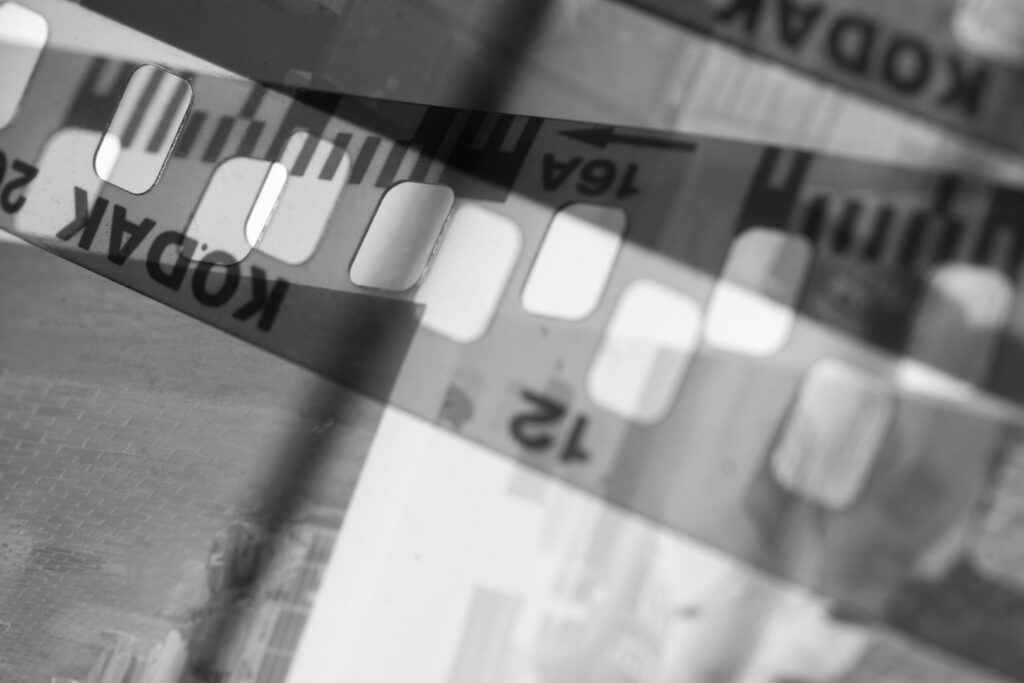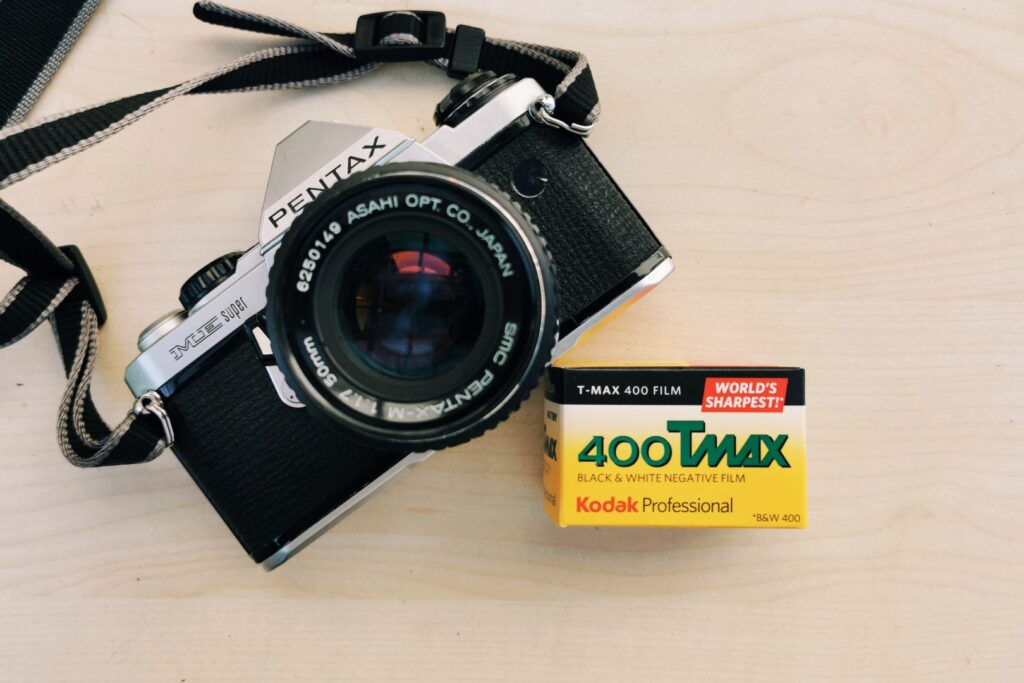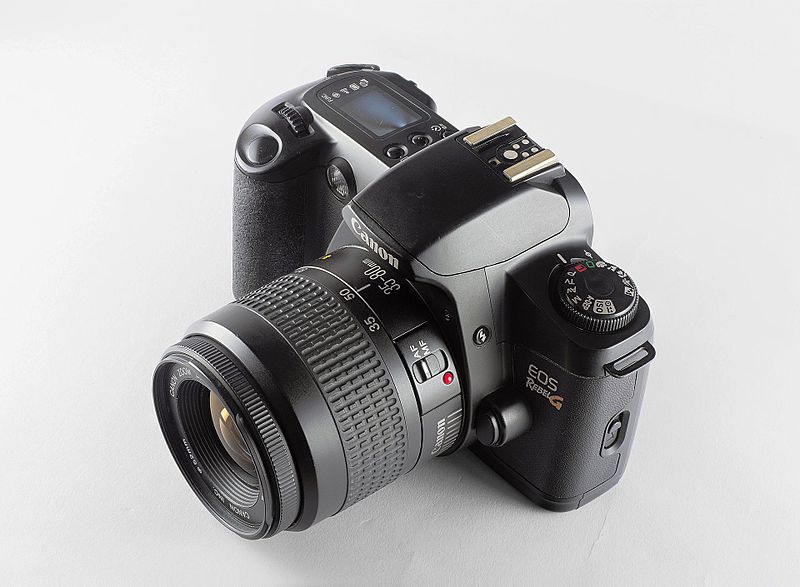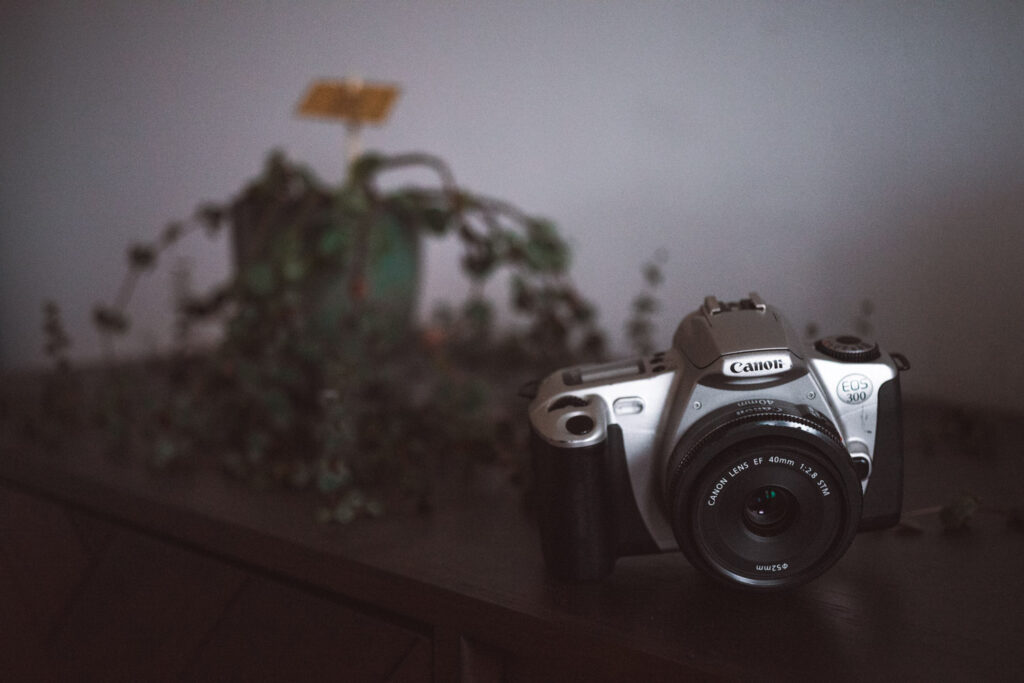In the world of film photography, there are many factors to consider when choosing the right film for your project. As a beginner, you may wonder what kind of film you should use or if it’s more cost-effective to shoot in black and white. In this article, we will explore the cost differences between black and white and color films, discussing popular film brands such as Arista, Ilford, Kodak, Adox, Foma, Kentmere, and Fujifilm.
Are black and white films cheaper to make?
Black and white films are generally cheaper to produce than color films due to several factors that affect the manufacturing process, including the emulsion layers, chemical composition, and complexity of the production process.
Emulsion Layers
Film emulsion is a light-sensitive coating applied to a film base that captures the image when exposed to light. In black and white film, the emulsion typically consists of a single layer of silver halide crystals, which react to light and form the image. On the other hand, color film contains multiple layers of emulsion, with each layer sensitive to a different color (red, green, or blue). These additional layers require more precise and complex manufacturing processes, which increase the production costs.
Chemical Composition
The chemical composition of black and white film is less complex than that of color film. Black and white film uses silver halide crystals to capture the image, whereas color film requires additional chemical compounds called color couplers. These color couplers help form the final color image by reacting with the development chemicals. The added complexity of color couplers and other necessary chemicals in the color film production process contributes to higher costs.
Production Process
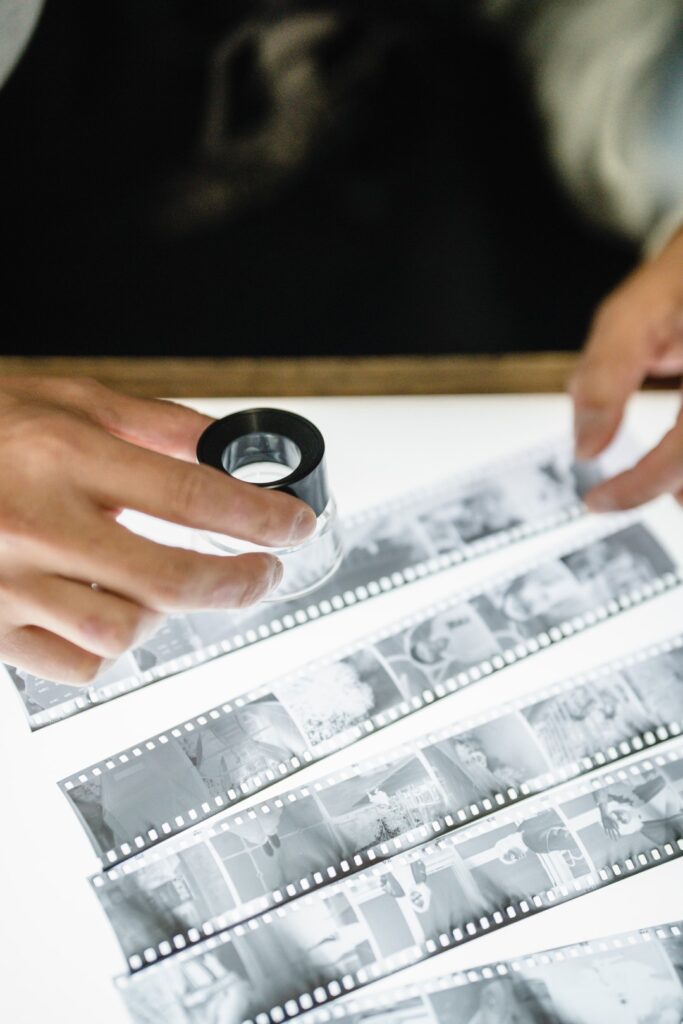
The overall production process for black and white film is less complex compared to color film. For example, black and white film can be produced at a wider range of temperatures and humidity levels, while color film production requires more controlled conditions.
Additionally, the coating process for color film is more intricate, as it involves the precise application of multiple emulsion layers. These factors contribute to increased production costs for color films compared to black and white films.
Despite the lower production costs of black and white films, the prices of individual film rolls can vary significantly depending on the brand, quality, and specific features of the film. Some popular black and white film brands include:
Each brand offers a variety of film stocks with different characteristics, such as grain, contrast, and tonal range. Some films may be better suited for beginners, while others cater to more advanced photographers. It’s essential to research and experiment with different films to find the right fit for your creative vision and budget.
Does it cost more to develop black and white film?
While black and white film is typically cheaper to produce, the cost of development can sometimes be higher than color film. This is because black and white film often requires specialized chemicals and equipment. However, many photographers find that developing their own black and white film at home is a cost-effective solution, especially when using a beginner-friendly C-41 kit.
Cost factors for black and white film development:
- Professional lab fees: Black and white film development at a professional lab can range from $7 to $20 per roll, depending on the lab and the specific services provided.
- Home development kits: Basic black and white home development kits can cost around $40-$100, while more advanced setups can be more expensive. But as a rule of thumb, Home developing black and white film is by far the cheapest way to develop your film, also cheaper than color film.
- Chemicals: The cost of chemicals for black and white film development can vary depending on the type and quantity required.
- Equipment: Developing film at home requires an investment in equipment, such as developing tanks, reels, and a darkroom or changing bag. As soon as you have the basis the chemicals will be cheaper than any other form of development.
Is black and white cheaper than color?
When considering both film and development costs, black and white photography can be more affordable than color, especially for those who choose to develop their film at home. However, it’s essential to factor in the costs of chemicals and equipment for home development, as well as the time investment required. Some factors to consider when comparing the costs of black and white and color photography include:
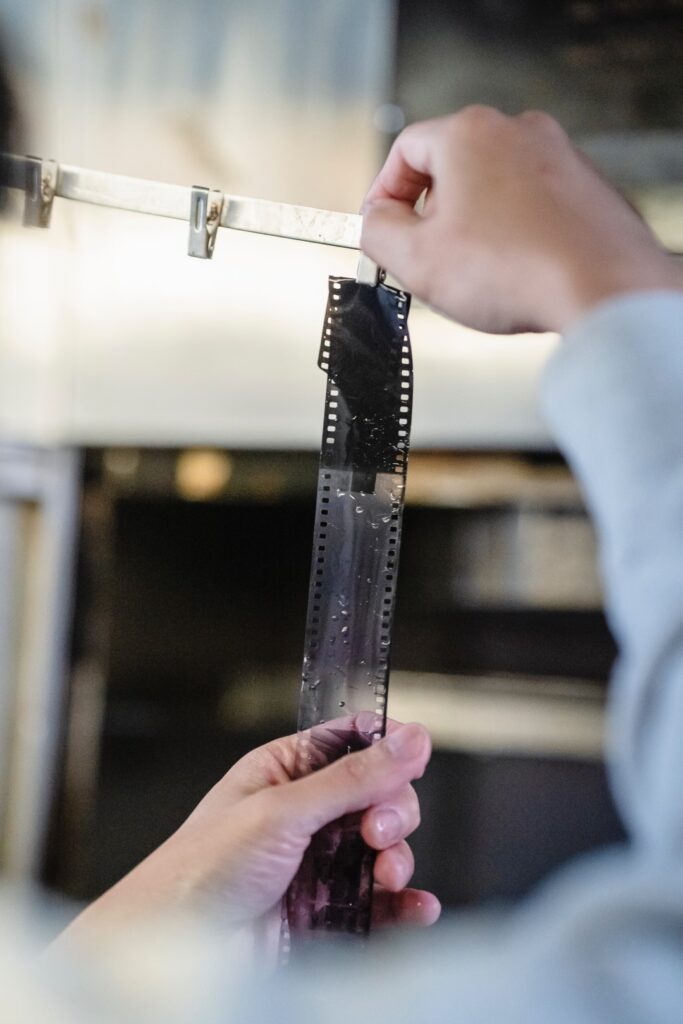
- Film costs: Black and white film is generally cheaper to produce, but prices can vary depending on the brand and product line.
- Development costs: Black and white film may be more expensive to develop professionally than color film. However, developing black and white film at home can offset these costs.
- Home development costs: When developing film at home, consider the initial investment in equipment and chemicals for both black and white and color processes.
- Time investment: Developing film at home, particularly black and white, requires a time commitment, which should be factored into the overall cost.
How much does it cost to develop black and white film at home?
Developing black and white film at home can be an affordable alternative to using commercial labs. The cost mainly depends on the chemicals, equipment, and your choice of film developer. Here’s a breakdown of the expenses you might incur when developing your film at home, with price ranges to account for variations in cost:
Equipment and Miscellaneous Items:
- Paterson tank with 2 reels: €20-€35
- 1L measuring cup: €2-€5
- Film extractor: €10-€15
- Cotton gloves: €5-€15
- Dark bag: €15-€30
Chemicals:
- Rodinal (500mL): €10-€20
- Tetenal superfix (1L): €10-€20
- Tetenal mirasol (wetting agent, 250mL): €5-€10
With these materials, you can develop about 30 black and white films. Assuming a Rodinal dilution of 1:50 and only developing 35mm film, the cost per roll would be:
- Tools: €1.50-€3.00 per film
- Chemicals: €0.40-€0.70 per film
Overall, it costs approximately €1.90-€3.70 per roll of film for the initial 30 films, with the cost per roll decreasing as you develop more films.
If you use a 1:100 dilution of Rodinal for stand development, the cost per roll drops to €0.20-€0.50. Additionally, using a reusable fixer like Kodak Flexicolor can further reduce the cost per roll and can be used for C-41 and E-6 films as well.
It’s important to note that these costs are estimates and can vary based on your location, chosen chemicals, and equipment. However, developing black and white film at home can be an economical and rewarding experience that allows you greater control over the final outcome of your photographs.
How long does it take to develop B&W film?
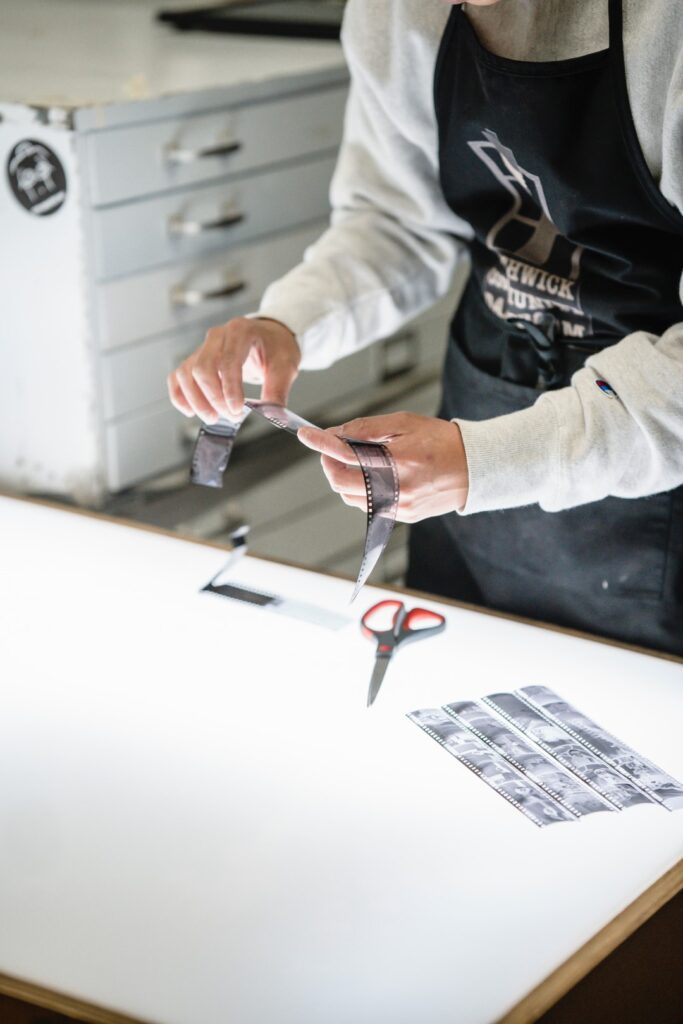
The time it takes to develop black and white film depends on the process and equipment used. Generally, it can take anywhere from 30 minutes to a few hours, not including drying time. The overall process consists of several steps:
- Preparing chemicals: Mixing and heating chemicals as required for the specific film and developer.
- Developing the film: Immersing the film in the developer solution for a specified amount of time, with occasional agitation.
- Stop bath: Neutralizing the developer to halt the development process.
- Fixing the film: Removing unexposed silver halides to make the image permanent.
- Washing the film: Thoroughly rinsing the film to remove residual chemicals.
- Drying the film: Allowing the film to air dry in a dust-free environment.
Does CVS/Walmart/Walgreens develop black and white film?
Some chain stores, like CVS, Walmart, and Walgreens, may offer film development services, but it’s essential to check with your local store for availability and pricing. In many cases, these stores may only develop color film and not black and white. For black and white film development, it is advisable to research specialized labs or consider developing your film at home for a more cost-effective solution.
Conclusion
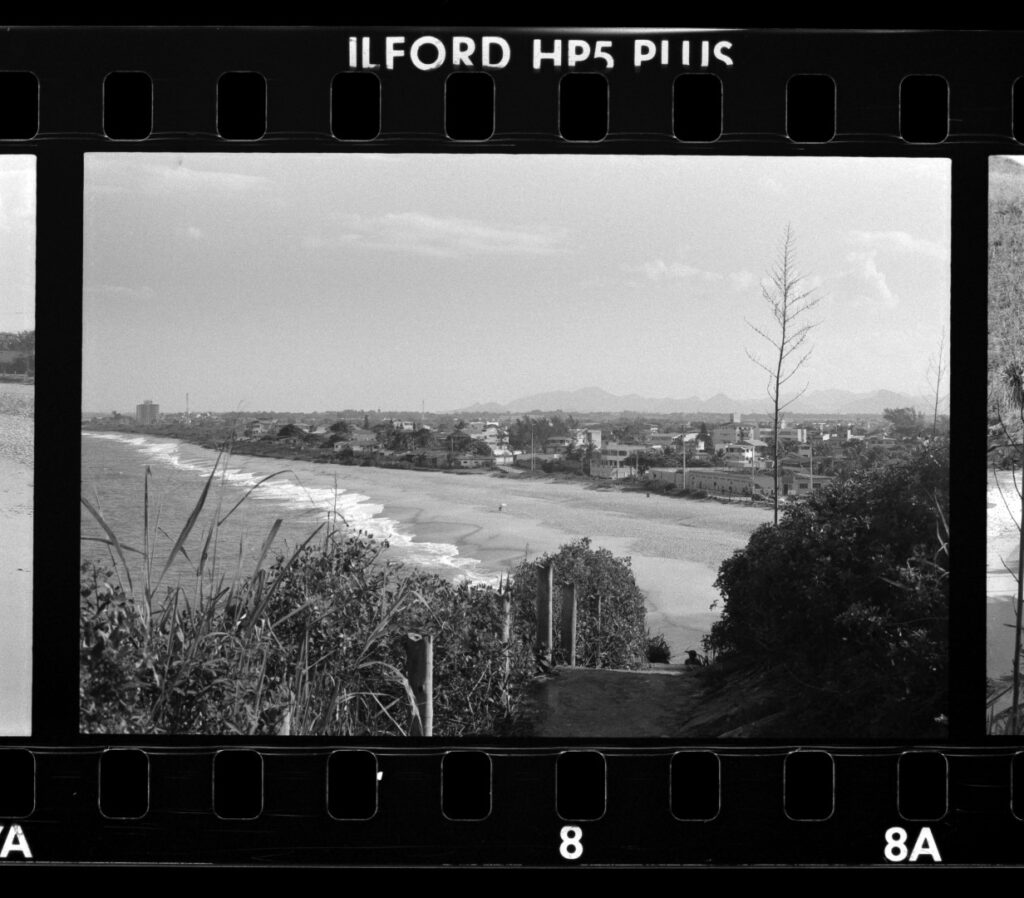
In conclusion, black and white film can be a more affordable option for photographers, particularly those who choose to develop their film at home. It’s essential to consider the costs of film, chemicals, and equipment when deciding whether black and white photography is the right choice for your project. As you embark on your film photography journey, don’t forget to explore the wide range of available film brands and resources available on our blog.

